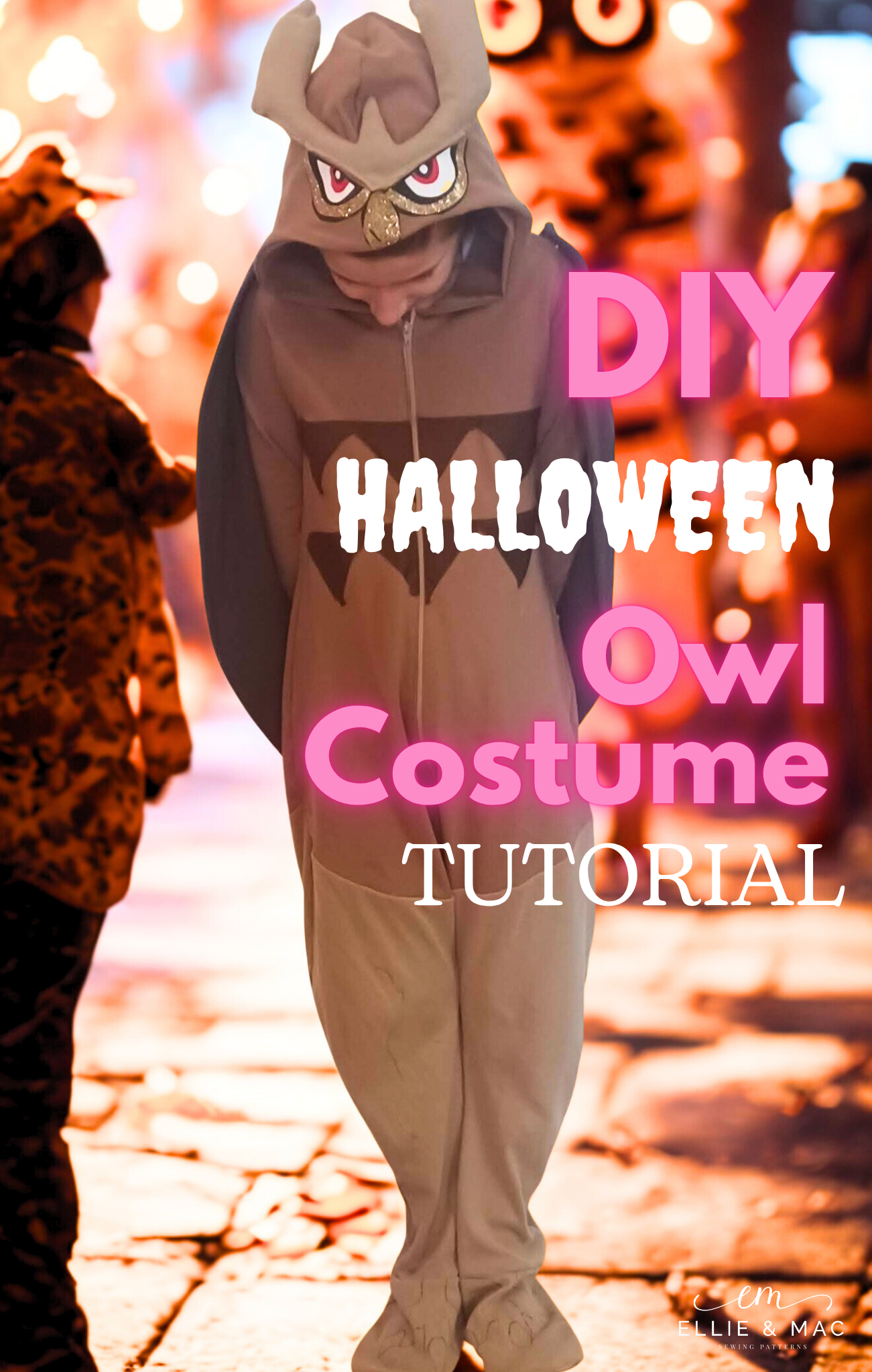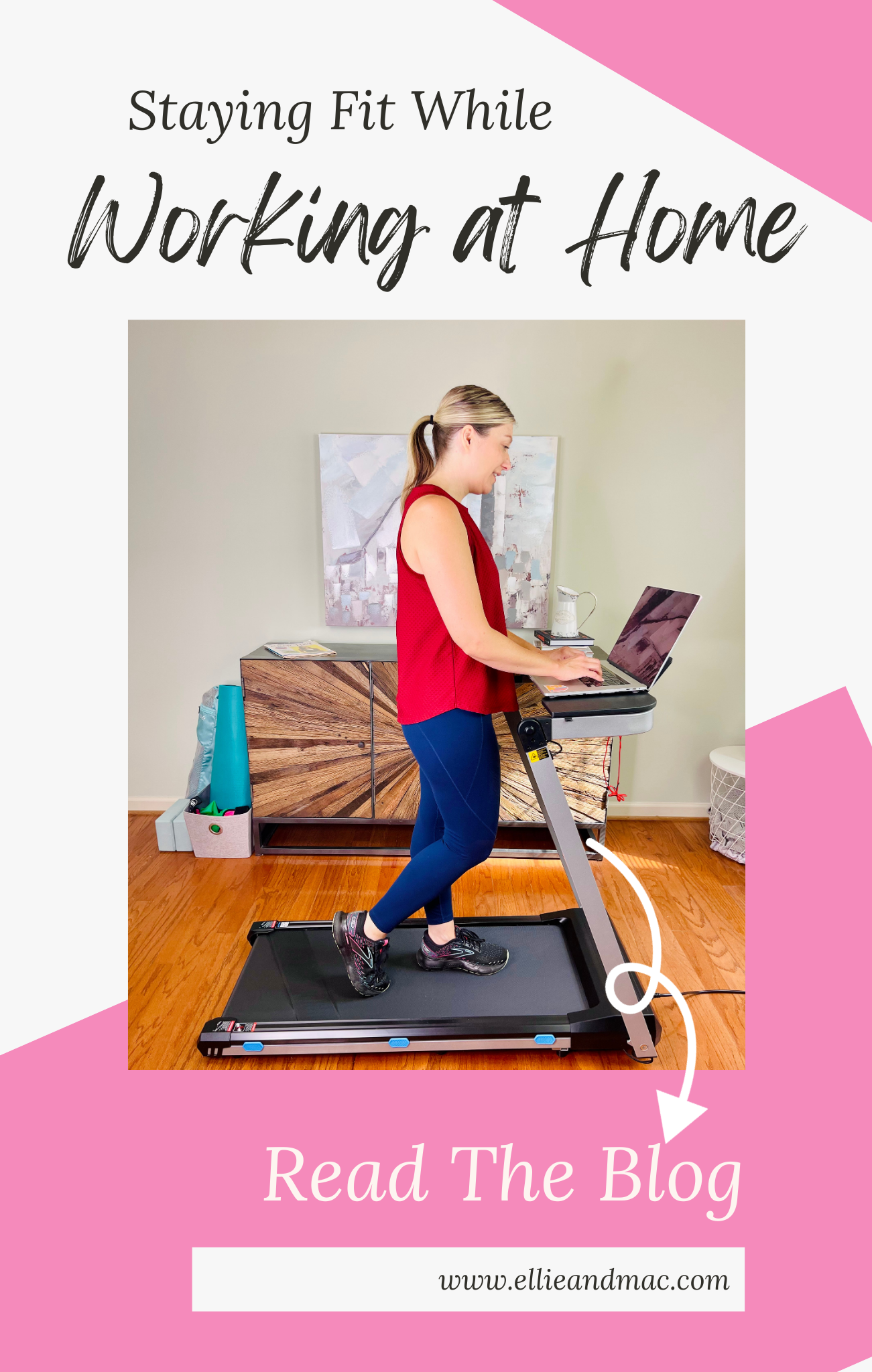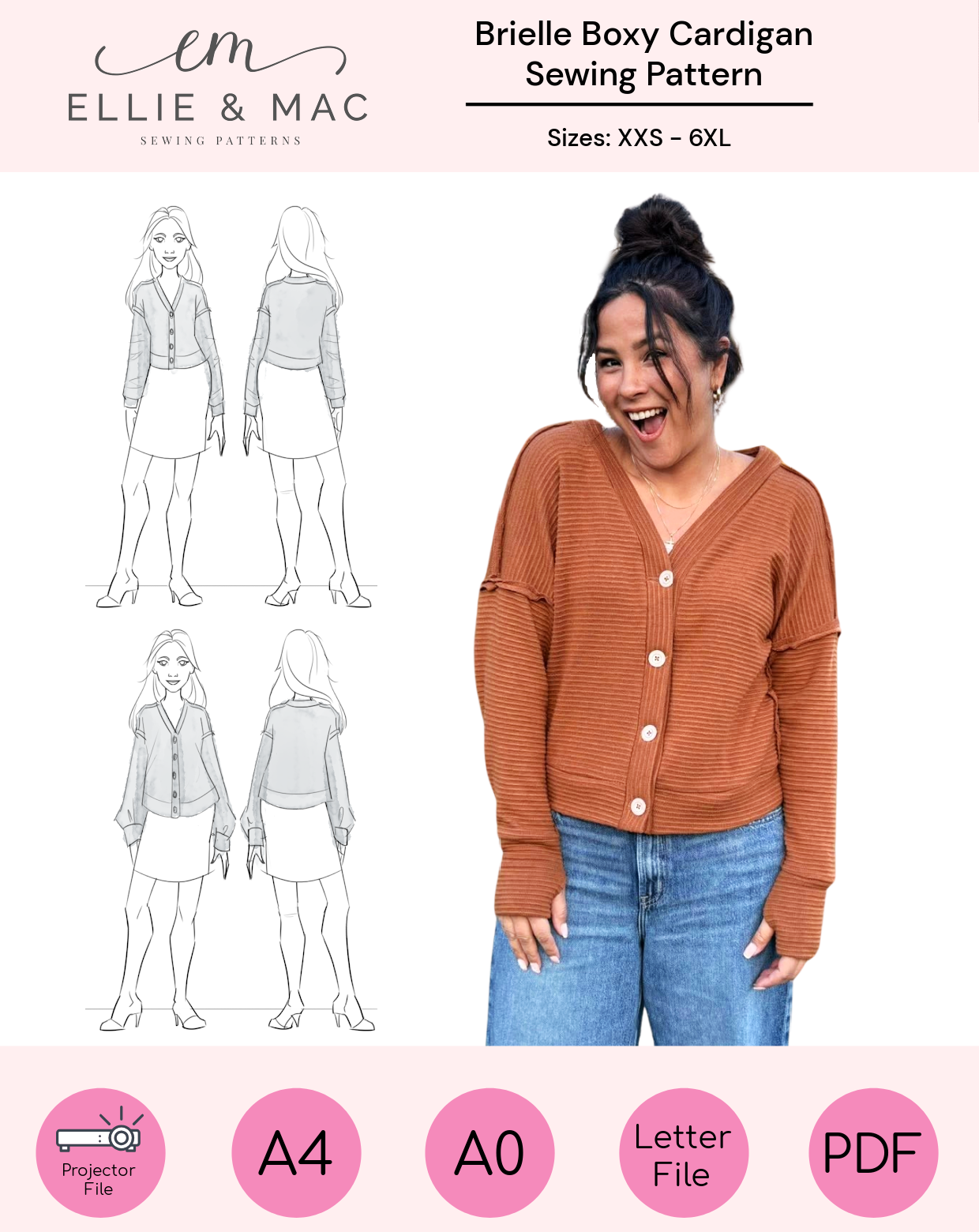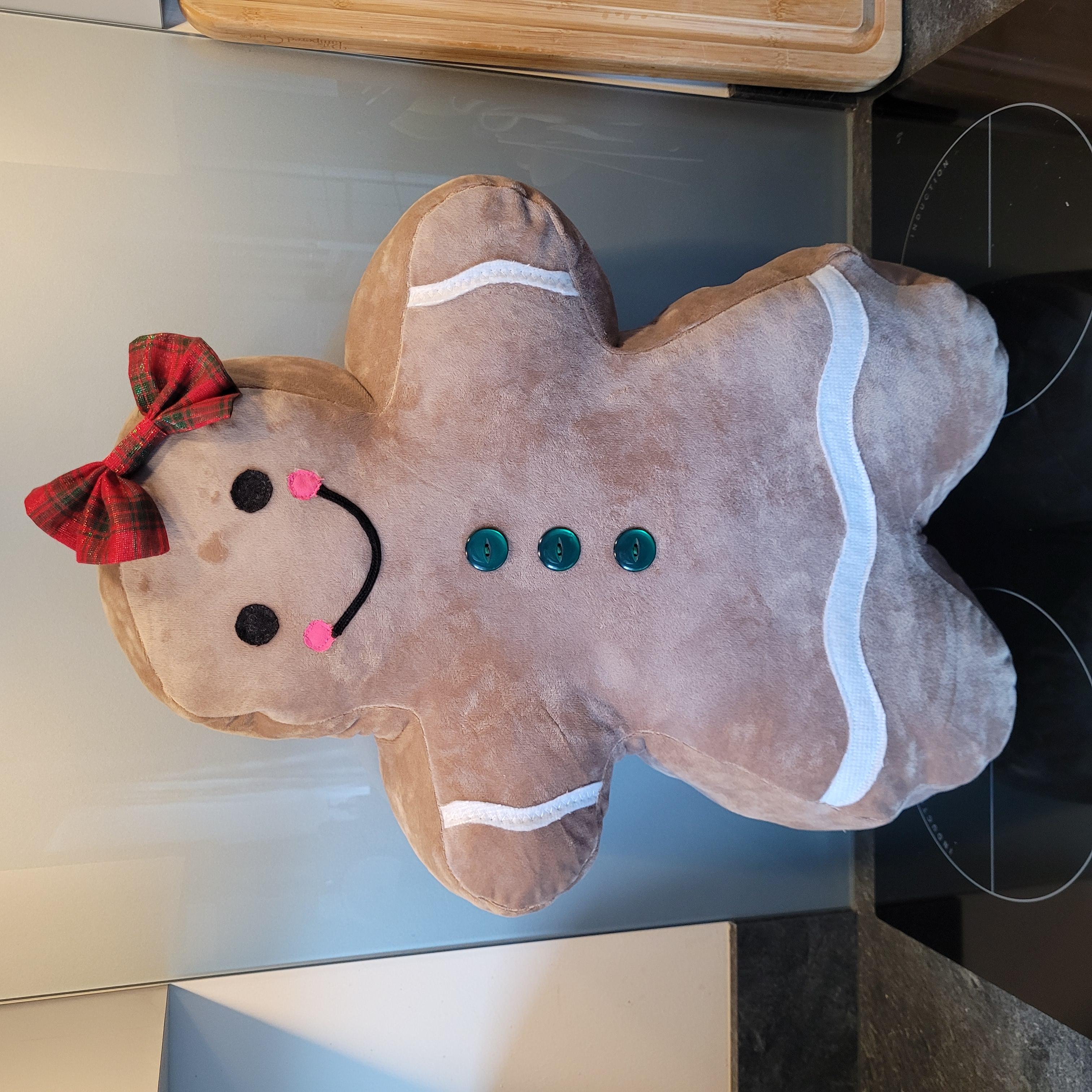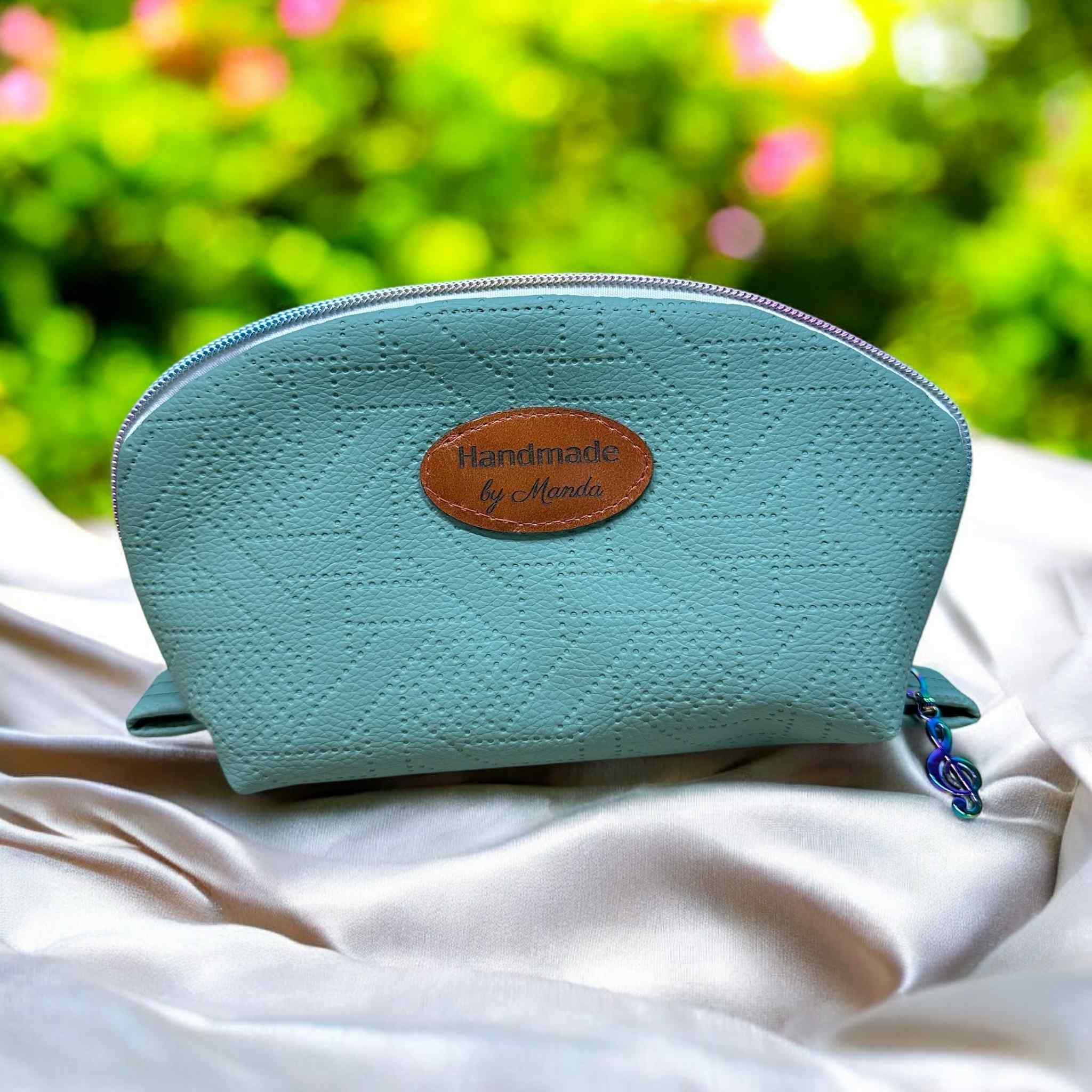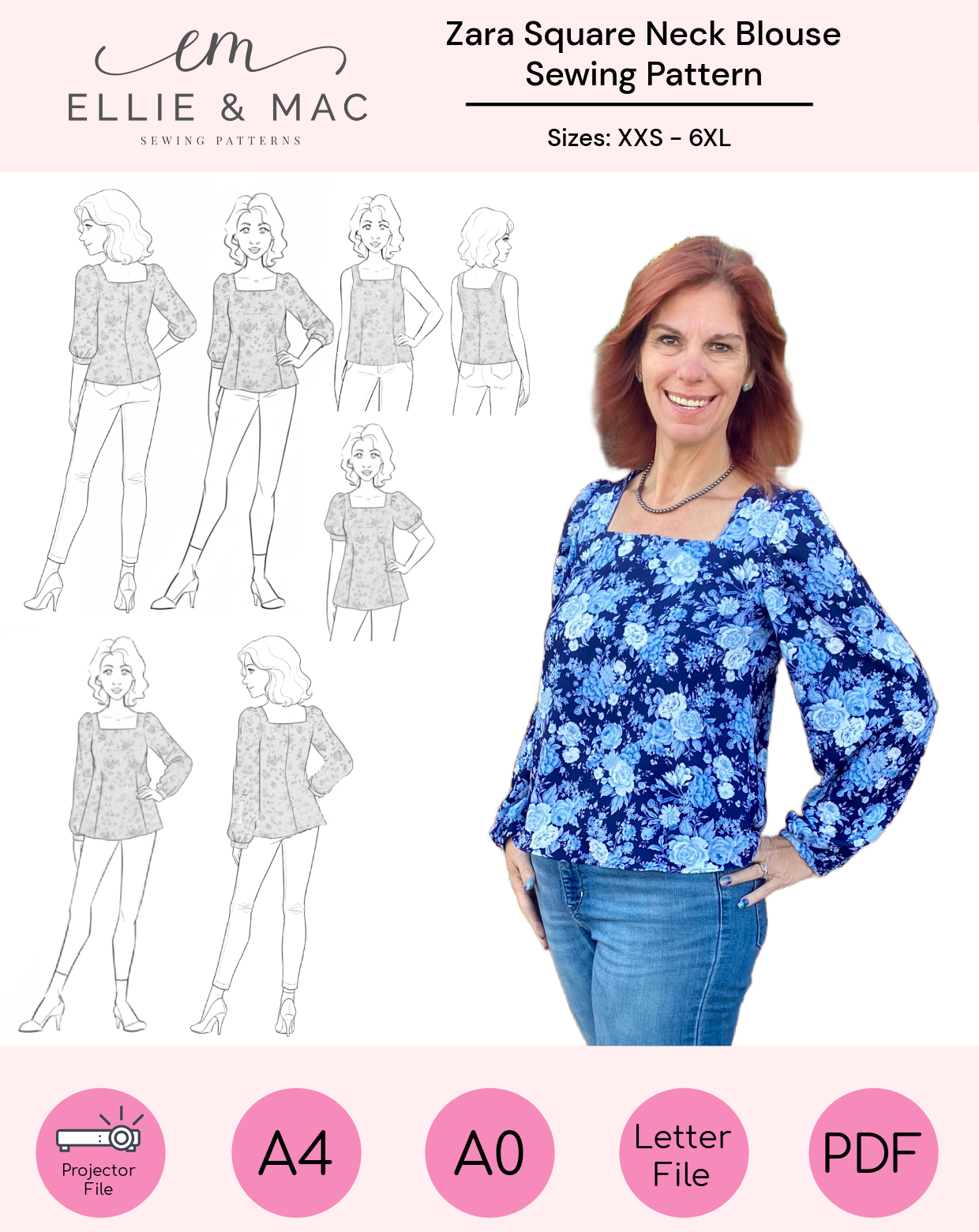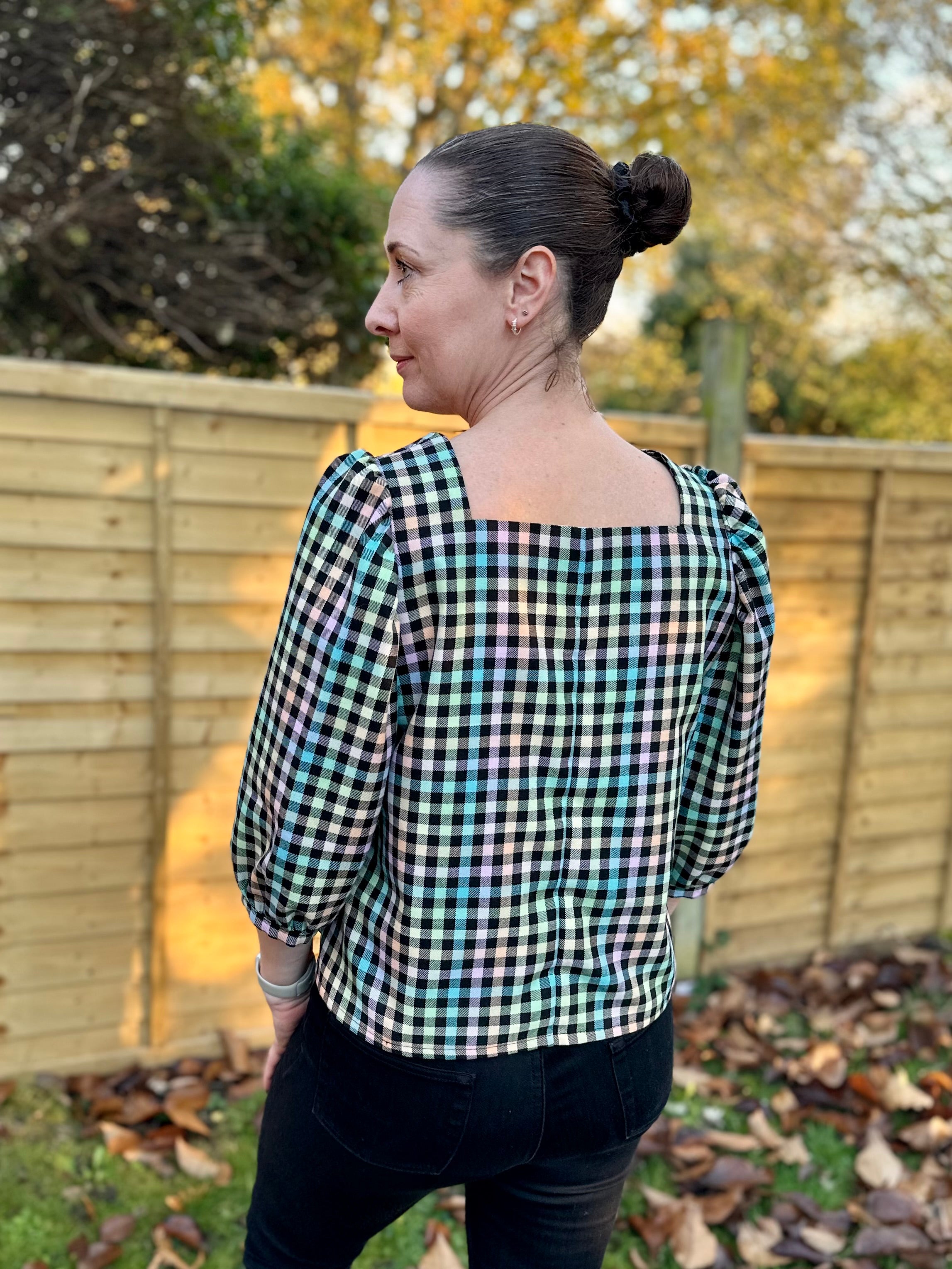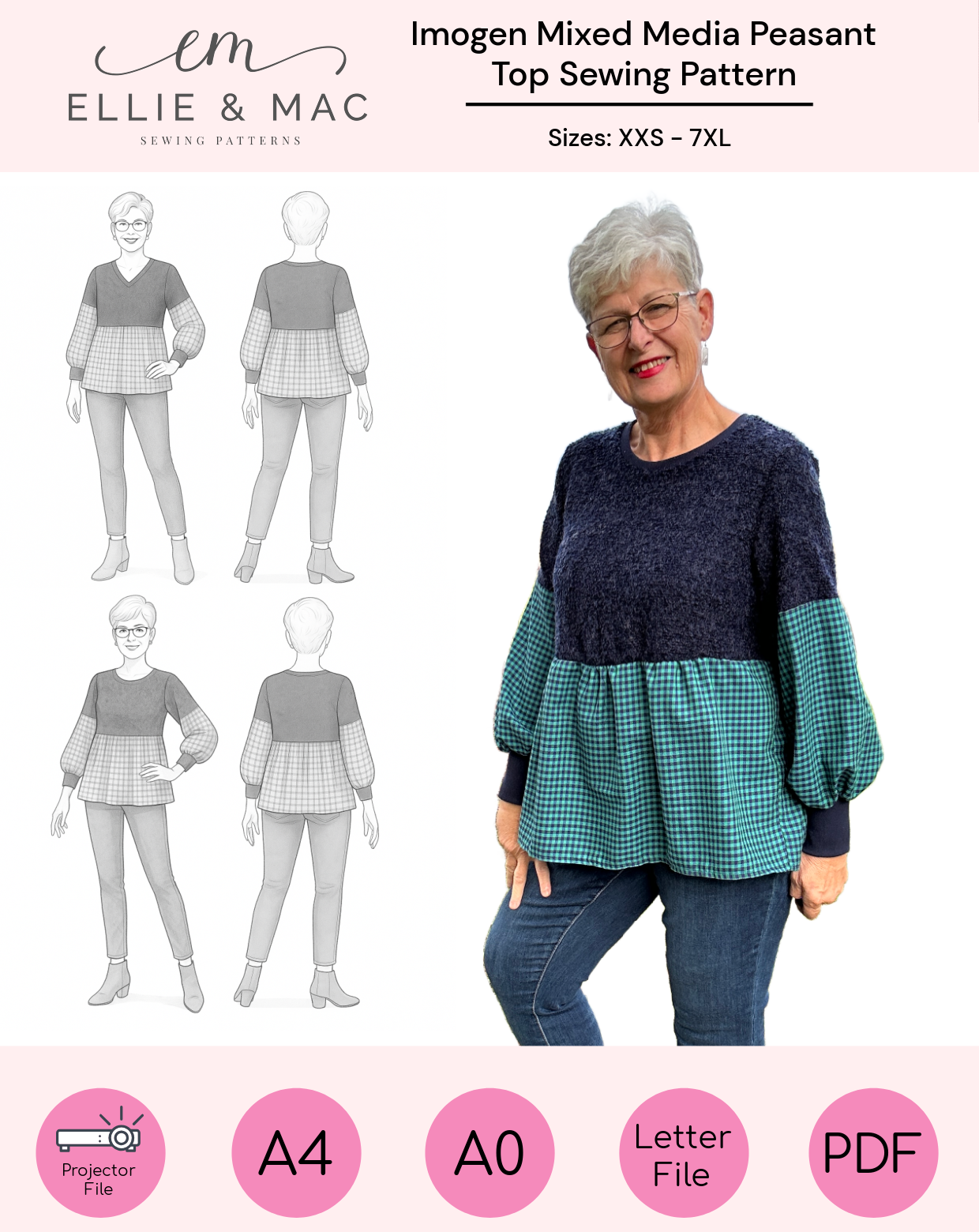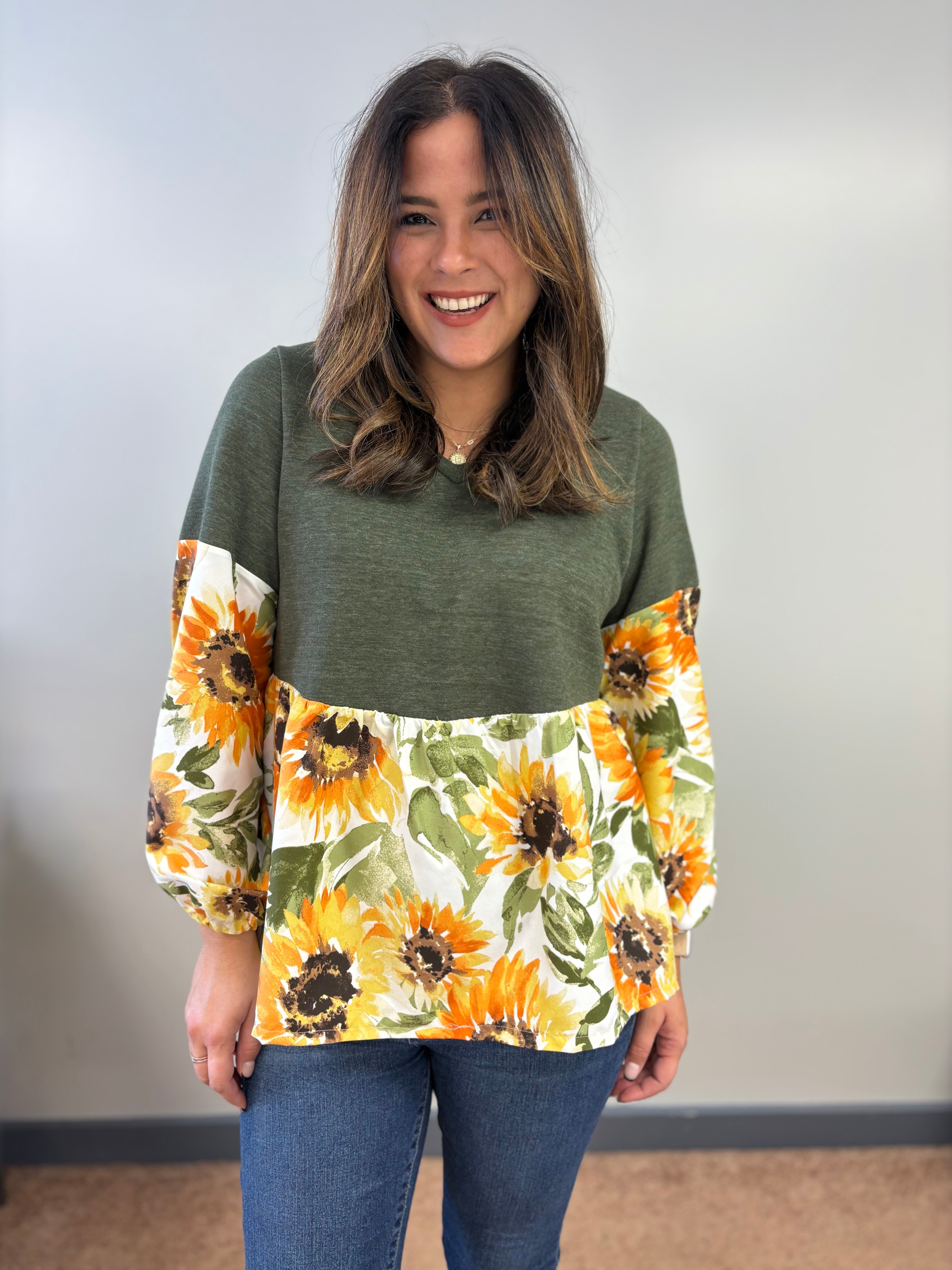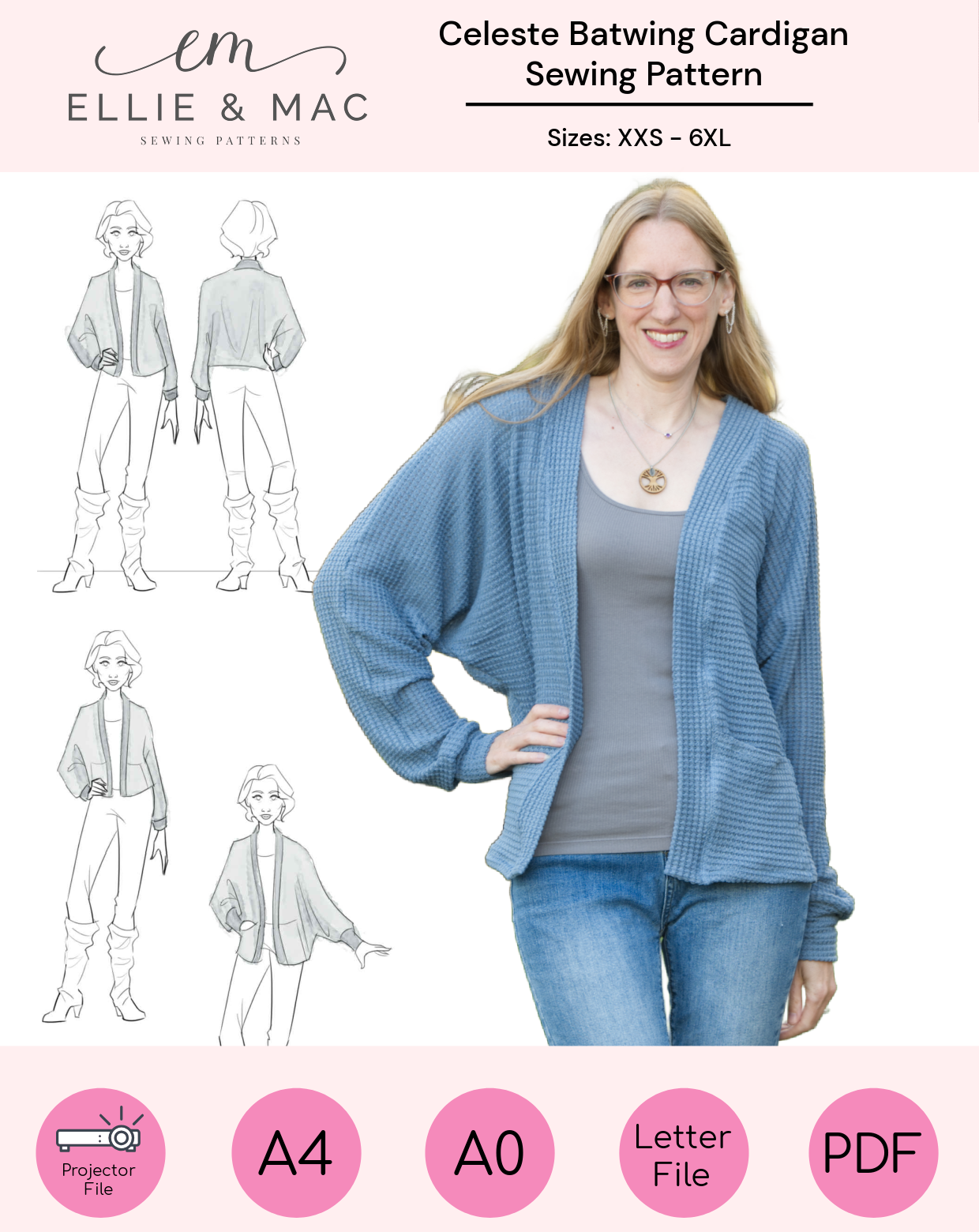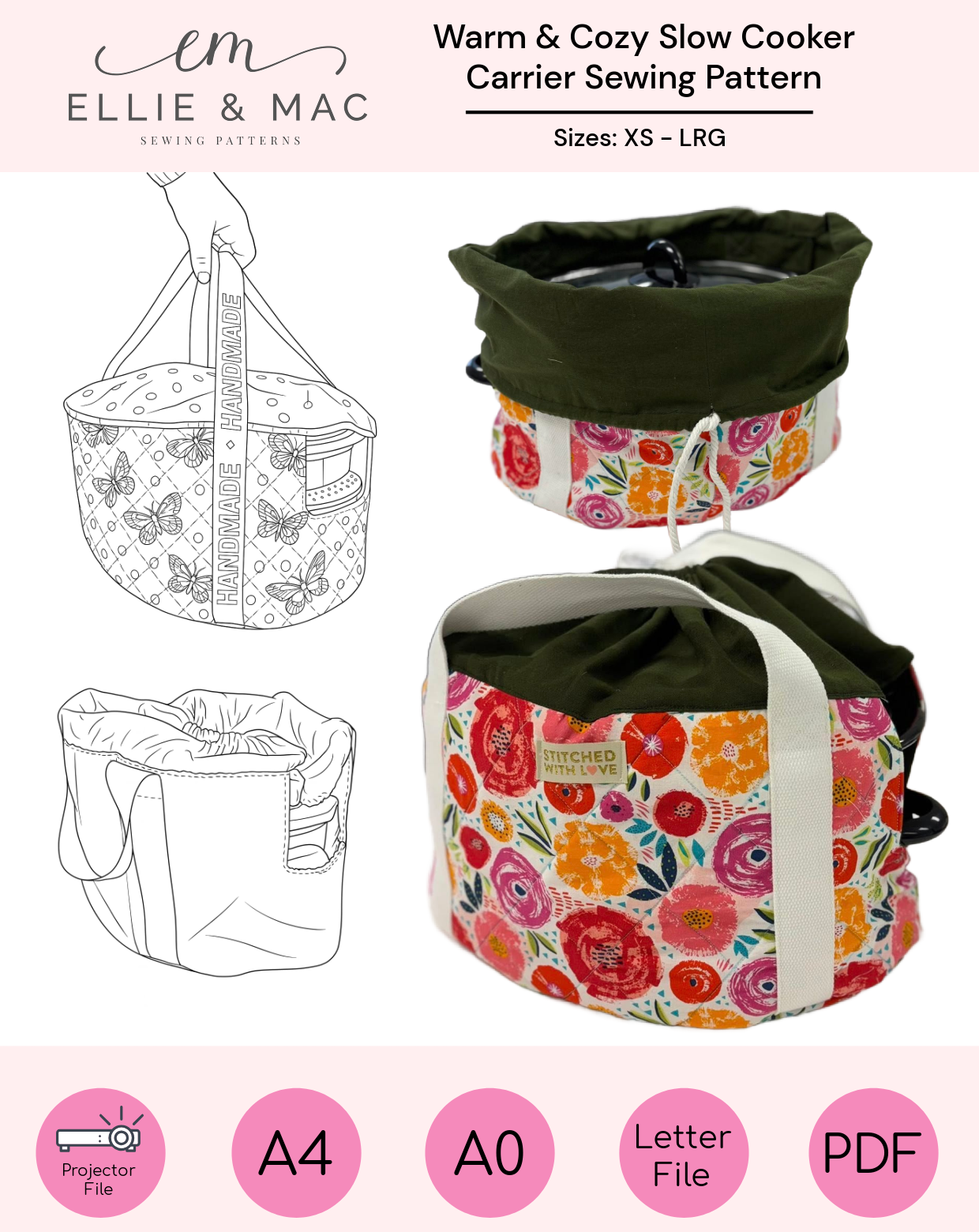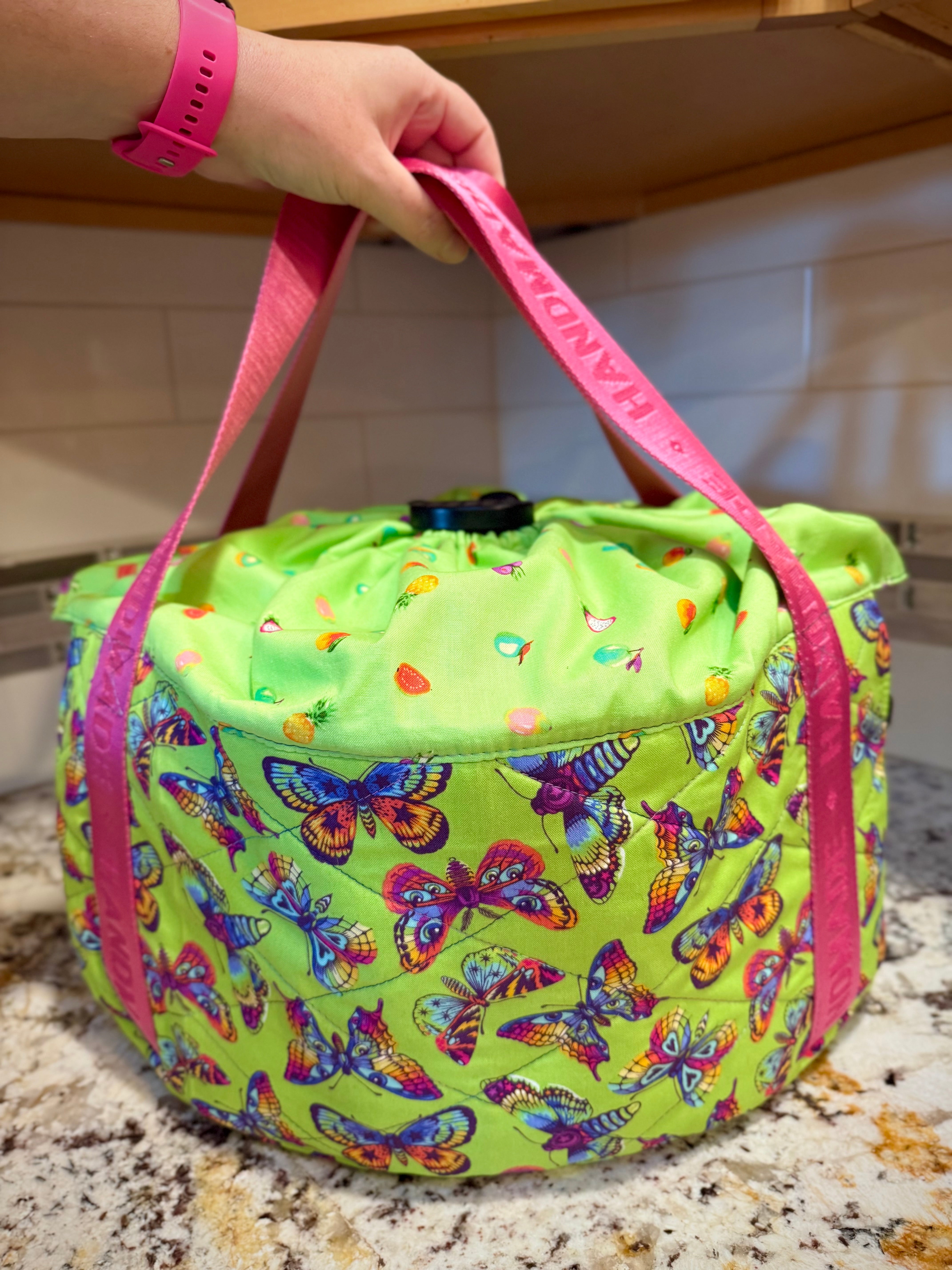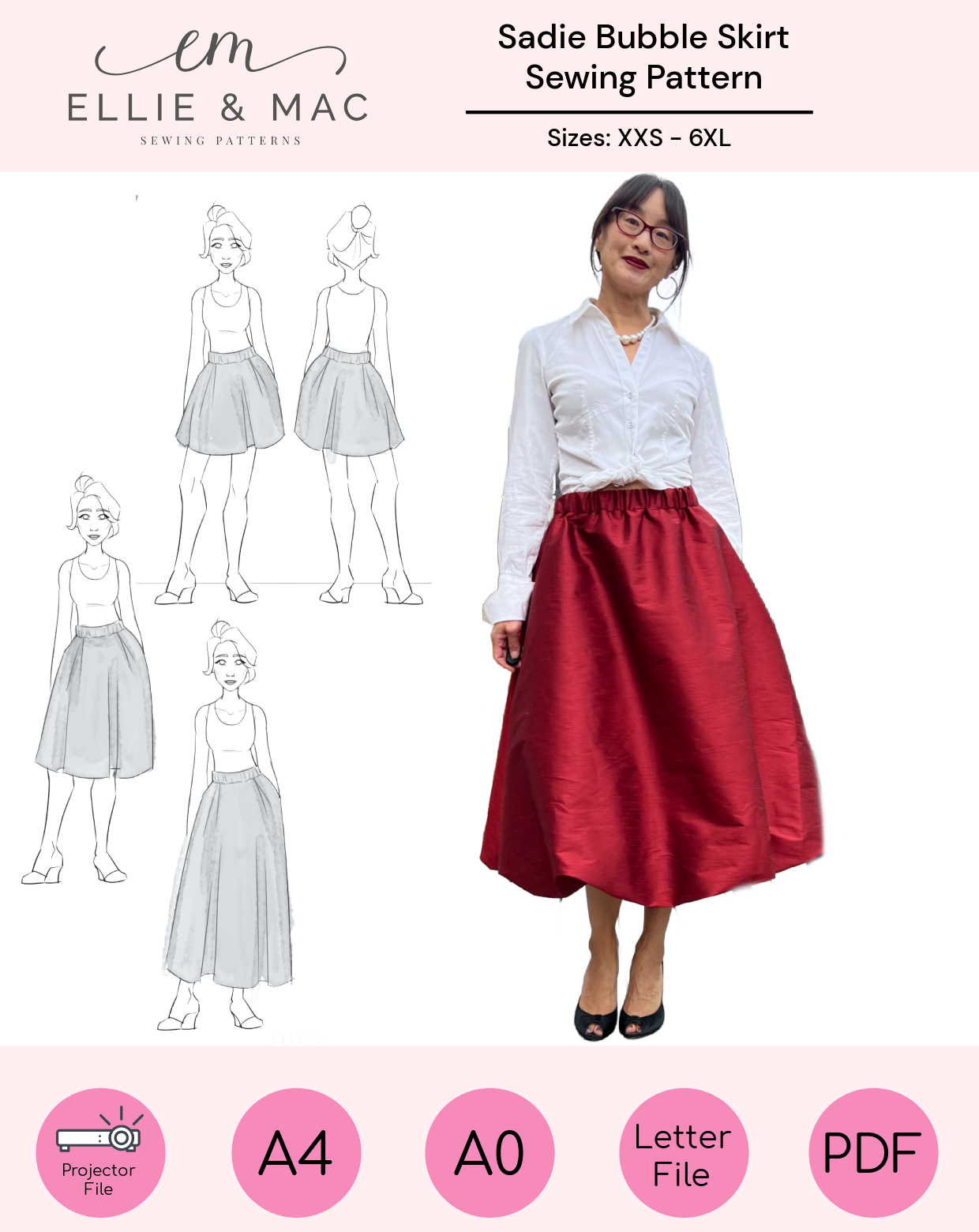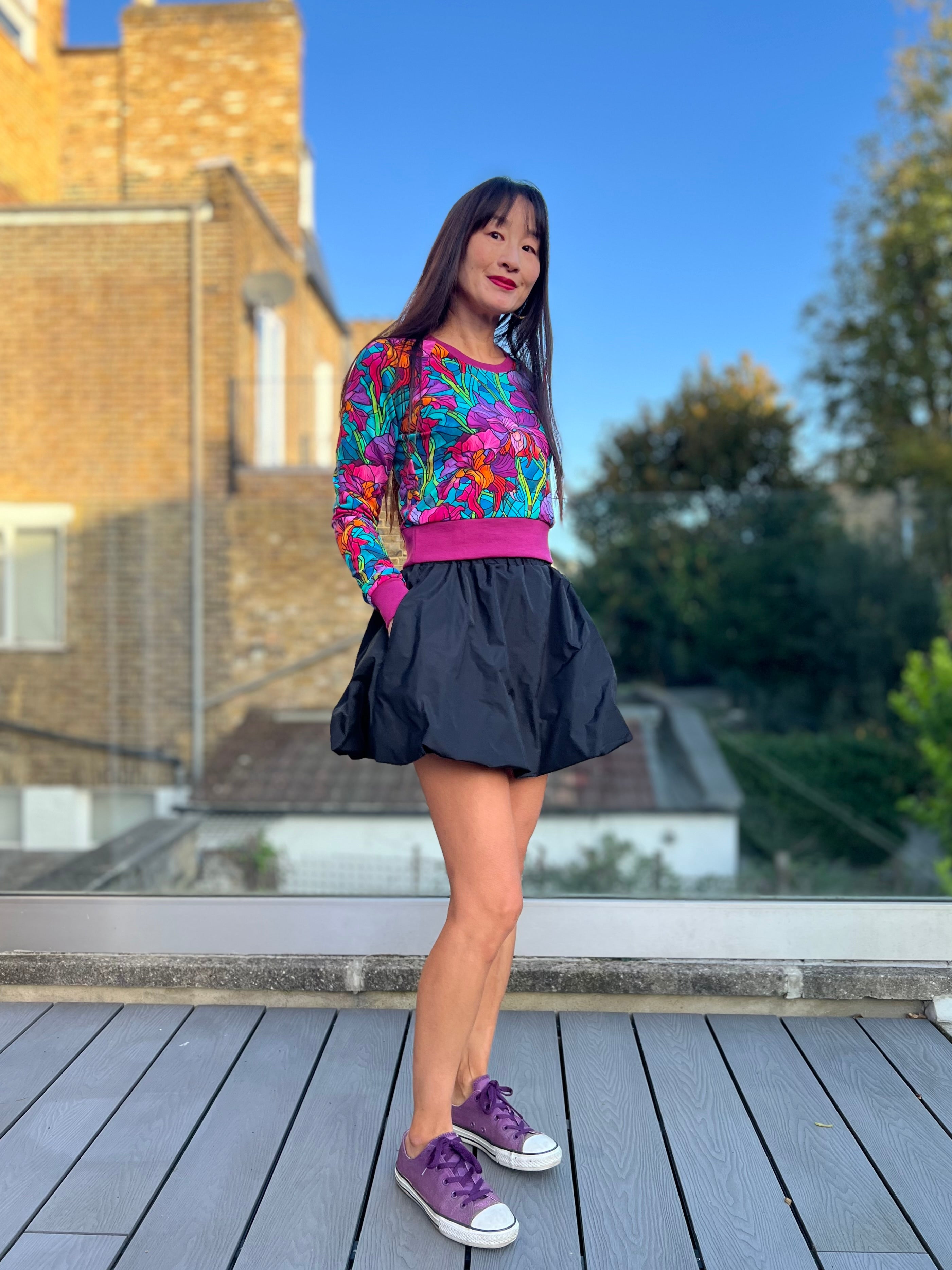Reinventing a Vintage Look: The Fit & Flare Dress Sewing Pattern with Ellie & Mac
Fit & Flare Dress (c.1956)


Hi Sewing Friends,
The 1950’s were a particularly wonderful era for fashion. In 1947 Christian Dior famously introduced his “New Look” which embodied ultra-femininity, formality and luxury. After the war rations people were hungry for new clothing, new styles and the freedom to express themselves. While many embraced a more casual look, the dominant trend was structured dresses with defined waists and wide circle skirts. Hemlines were worn higher, with some only 11 inches above the ankle. In today’s world that sounds modest, but at the time it caused quite the scandal!
Stretch fabrics such as spandex or elastane (branded as “Lycra”) were not commercially available until the late 1950s. Prior to that fashion fabrics were wovens such as cotton, linen, silk or wool. If you look at paper patterns from that era you will notice that the recommended fabrics are all wovens.
Analyzing the Dress:
While browsing Pinterest my eyes were drawn to an authentic 1956 pattern. It featured a princess seamed dress with options for a gathered or pleated lower skirt. Delicate bows were added to the band trim, just over the seam. Neckline options were square or rounded, with the inclusion of a detachable collar.

The cover image led me to imagine how I could make this dress using Ellie and Mac Patterns. I studied the line drawings of the pattern pieces to get a better idea of how the dress was constructed.
The original dress had front and back facings, a “grow-on” sleeve and a princess seamed bodice that extended into the skirt. The centre front panel continued to the hem, whereas the front sides and back stopped a few inches above the knee. The lower skirt takes the front side panels, and using the “slash and spread” method, extends the width by 2.5-3x. The back lower skirt appears to be 2x the width of the back pieces.

Pattern Considerations:
My goal is to both re-imagine and modernize the look, not to make an exact replica. To achieve the fullness of the skirt it would be best to use a stable fabric and layer it on top of a petticoat. If the fabric does not have enough stretch you would have to modify the back by adding in a zipper.
Bodice:
The Reversible Dress Pattern is a great starting point. It has a princess seamed bodice and a skirt with lines that extend to the hemline. It does not, however, include sleeves. That would need to be “borrowed” from another pattern.
Neckline:
There are three pattern options for the neckline:
-
Square Neck: Diana Tiered Top & Dress
-
Rounded Neck: Reversible Dress
-
Rounded Neck with Peter Pan Collar: Sitting Pretty Top (retired pattern)
Skirt:
The skirt from the Reversible Dress is likely too full for this project as the original dress appears to have an a-line shape. It is the lower skirt that gives that amazing volume, not the upper portion. For that reason I think that the Reversible Dress bodice with a modified Be Dreamy skirt would be ideal.
Trim:
A long strip of bias binding can be used for the trim - either purchased or made with the same fabric. I will add a few bows from the Be Bosh Bow pattern.
Measurements:
With any new pattern, it is imperative that you take fresh measurements. Begin with the above bust, full bust and waist. Hips are not as important in flared or circle skirts. Measure your shoulder width, arm length and side waist. Finally, determine your preferred finished dress length by measuring from shoulder to hemline.
Drafting the Pattern Pieces:
STEP 1 - Create the Bodice
Option A: Crew Neck
Cut out the Reversible Dress bodice pieces. No modifications necessary. If adding a collar transfer from the Sitting Pretty pattern.
The neckline can be finished with a band, facing or full lining.
OPTION B: Square Neckline
This is where “pattern mashing” happens. Layer the Diana square neckline on top of the Reversible Dress bodice pieces and trace to create your new neckline.
STEP 2 - Create the upper skirt
Trace the Be Dreamy skirt pattern. Mark where the finished hemline will be and add ½ inch for hem allowance. My preferred skirt length (before hemming) is 25” so that is where I will draw my new hemline.
Divide the skirt into two and mark a horizontal line to indicate where the upper skirt will end (in my case, it is 12.5” from the waist/hem).
Princess seams must flow from the bodice down to the skirt. Using the bodice as my guide, I will draw new lines from the sides of the centre front bodice gently slanting to the hem of the skirt. You can use the shape of the Be Dreamy side seams as your guide.
Repeat for the back pieces.

Unless you are making a maxi skirt, discard the bottom portion of the skirt.
Erase the centre front horizontal line to create a single panel.
Merge the back lower skirt pieces together and draw a centre line.

Separate the skirt pieces. You should now have ten pattern pieces for your skirt (5 front, 5 back). Add in seam allowance.
STEP 3 - Create the lower skirt
The lower skirt has the option of being gathered or pleated. I will be gathering my pieces. In order to do so the lower skirt pieces will need to be doubled in width.
Increase the lower front side panel by 2-2.5x the width of the front upper side piece

Increase the lower back panel by 2x the width of both the back centre and back side pieces.

STEP 4 - Trim & Bow
The trim is a rectangular piece that was originally cut on the bias. If using stretch fabric you can cut with the greatest stretch going horizontally. My piece will be 2.5” X 56” (the length of my seamline circumference plus an extra inch and a half).
Use the Be Posh Bow to cut out two bows in your desired size.
STEP 5 - Pattern Tetris
If you are unfamiliar with pattern tetris please see this blog. In short, it’s a clever way of maximizing your fabric by shifting pattern pieces to use the least amount of fabric. You will typically want to ensure that all pieces are on grain. If you are using a solid or non-directional print you can even flip pieces upside down.
I measured my fabric to be 60” wide by 84” long (1.5 m x 2 m). By planning ahead I am able to use only 51.5” of fabric. I’ve even managed to squeeze in the pockets.
I forgot to add sleeves to my layout. Always double and triple check for errors or omissions before cutting fabric! This is especially true if you are short on yardage. Running to the store mid-project - if that is even possible - is not recommended.

STEP 6 - Cutting Time
Cut out your pattern pieces. I suggest using inexpensive fabric for the first fitting. This is also called a muslin, or toile.
STEP 7 - Sew!
Bodice:
Follow the pattern directions for sewing up the bodice. I would recommend cutting all bodice pieces in duplicate to create a lining. Not only will it create a clean finish, but it will also help to hold the weight of the skirt. You may also use a facing to conserve fabric.
Sew Princess Seams:

Attach front and back bodice at shoulders

Attach front and back lining/facing at the shoulders. Optional - add knit interfacing around the neckline to stabilize.

Sew Lining/facing to bodice for a clean neckline finish.

Sleeves:
If adding sleeves, attach and sew down the sides of the bodice.

Pockets:
Attach pockets approximately 2” down from the waistline on front and back side skirt pieces. Press and understitch.


Back Upper Skirt:
Attach the back side panels to the centre back panel and sew. Top stitch if desired.

Back Lower Skirt:
Sew the short ends - use the sides with the straight, 90 degree edge. Create two rows of long basting stitches at the top and gather to the width of the upper skirt pieces. My machine was eating the fabric so I switched to a wide zig zag stitch to create my gathered stitch. Use whatever method works best for your machine and fabric.
Arrange the lower and upper back skirt pieces, right sides together and sew.


Front Skirt Side Panels:
Create two rows of basting stitches to the top of the front lower skirt panels. Gather to the width of the upper side skirt and sew, right sides together.

Pin and sew the trim to the back and front skirts along the horizontal seam.

Trim & Bow:
There will be two rectangles. Fold each in half, right sides together and sew. Turn right side out and press.

For the front skirt, cut the trim in half. Attach to the side skirt panels along the horizontal seam and cut off the excess. You can then use the discarded parts for the centre of your bows.


 Front Skirt Assembly:
Front Skirt Assembly:
Attach the front skirt side panels to the front skirt centre panel. Line up the straight edges, pin and sew.

Front to Back Skirt:
Attach the completed front and back skirts at the side seams. If you’ve added pockets you will be sewing around those at this point. Be sure to align the trim.

Bows:
The Be Bosh Bow pattern has two different-sized bows. I cut out both because I wasn’t sure what size I wanted. I decided on the smaller size bow. In hindsight, I probably should have gone with the bigger ones.
After creating your bows, sew them down to the skirt atop of the trim.

Bodice to Skirt:
Flip the bodice inside out and place the skirt inside, right sides together. Pin the front bodice to the front skirt and back bodice to the back skirt. Be sure to match up side and princess seams.

Finishing:
Fold the skirt up by your preferred hem allowance and top stitch.

Written by Sarah Callahan


